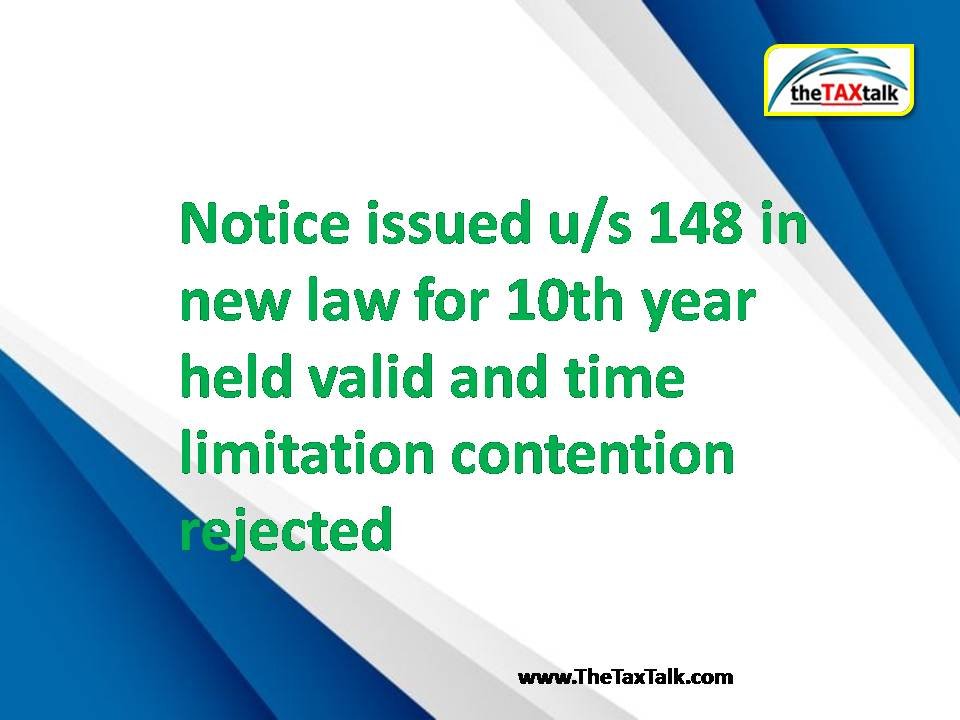Following release of the Organisation for Economic Co-operation and Development’s (OECD’s) model global minimum tax rules in December 2021, European Union member states and many other large economies like Australia, Japan, and the UK now have adopted a global minimum tax of 15 percent.
The Biden administration worked with the OECD to develop the new global minimum tax framework, but Congress has yet to enact the necessary enabling legislation. If it does not act, domestic multinationals companies (MNCs) may end up paying more in taxes on their income earned abroad, while the US could lose out on corporate tax revenues.
Even though the OECD plan faces pushback from members of Congress, it was partially inspired by the measures used by the US to curb profit shifting as the US shifted from a worldwide to territorial corporate tax. Under the 2017 Tax Cuts and Jobs Act, the global intangible low-taxed income (GILTI) levies a 10.5 percent minimum tax on foreign earnings.
However, the GILTI regime is not compliant with Pillar 2. The main reason is that GILTI applies to pooled foreign earnings of a US multinational, so US MNCs can offset minimum taxes on earnings in low-tax jurisdictions with credits for taxes on earnings from higher-taxed jurisdictions. This enables them to pay effective tax rates much lower than the OECD’s proposed minimum tax rate for MNCs.
The OECD has proposed a country-by-country approach instead, which would prevent the use of excess credits against taxes in another jurisdiction.
How the global minimum tax works
Efforts by the OECD to counter aggressive tax avoidance by MNCs trace back to 2013, when it launched the Base Erosion and Profit Shifting (BEPS) project. After years of negotiations, the OECD finalized a two-pillar framework, which the Biden administration has supported.
Pillar 2 establishes a new minimum tax of 15 percent on the global income of MNCs. The OECD also developed Pillar 1 to set new rules on the allocation of taxable profits of large MNCs in countries where they sell their goods and services. (Pillar 2 is the focus of this piece, but Pillar 1 also faces implementation challenges.)
Under Pillar 2, the effective tax rate of a multinational company in each jurisdiction where the group has a subsidiary is computed by dividing applicable taxes by GloBE income (Global Anti-Base Erosion income). When a company has an effective tax rate of less than 15 percent in any jurisdiction, it will be subject to a top-up tax that makes up the difference.
The minimum tax exempts some economic activity by providing substance-based exclusions based on payrolls and investments in tangible assets. Specifically, companies will be able to deduct 10 percent of payroll and 8 percent of tangible assets from their GloBE income when tax is implemented. The carveouts are intended to exclude a fixed return within each jurisdiction by focusing on factors that are generally less mobile and subject to base erosion risks. They will be reduced to 5 percent over 10 years.
What are the enforcement mechanisms?
To ensure compliance, Pillar 2 includes three main enforcement mechanisms.
The primary enforcement tool is the Income Inclusion Rule (IIR). The IIR is based on corporate residence and applies to the parent entities of multinationals. Under the IIR, the parent entity calculates the effective tax rates (ETRs) of their subsidiaries in each jurisdiction. Countries with an IIR would then apply a top-up tax on the parent entity so that it pays a minimum effective tax rate of 15 percent in each jurisdiction where it operates.
For example, imagine a French multinational with three subsidiaries. The German subsidiary reports $1 million in income and pays an ETR of 25 percent. The British subsidiary reports $1 million in income and pays an ETR of 12 percent. Finally, a Cayman Island subsidiary reports $1 million in income and pays no taxes. Under the IIR, the French multinational owes the French government $30,000 in taxes for its activity in Britain, and $150,000 in taxes for its activity in the Cayman Islands.
The second enforcement mechanism is the Undertaxed Payments Rule (UTPR). While the IIR applies to parent entities, the UTPR applies to subsidiaries of large multinationals located in high-tax countries. A country with a UTPR can disallow deductions – and indirectly increase the tax liability – for a subsidiary located in its country if other entities of the MNC have an effective tax rate less than 15 percent.
Now think about a US multinational with two subsidiaries, one in France (with $5 million of income and a 20 percent ETR), and one in the Cayman Islands (with $1 million in income and no taxes paid). Under the UTPR, France can disallow deductible payments made by the French subsidiary to the Cayman subsidiary (e.g., royalties or interest).
The IIR has priority over the UTPR. If the United States has a compliant IIR that applies to US multinationals, France cannot apply a UTPR on US subsidiaries.
The third mechanism is the Qualified Domestic Minimum Top-up Tax (QDMTT). The QMDDT is a minimum top-up tax applied to domestic companies in the source country where they operate. Let’s say a subsidiary in Ireland has an ETR of 10 percent and income of $1 million. If Ireland has a QDMTT, it will apply a top-up tax of $50,000 so that the subsidiary pays 15 percent.
Participating countries can set their own tax rules and are not required to adopt a QMDDT on their resident taxpayers to comply with the agreement. However, if they fail to do so, they will sacrifice revenue that would be captured by high tax countries with an IIR or UTPR without attracting new capital. But, low-tax countries could also implement a QDMTT with specific tax credits to lower effective taxation.
What will happen to US MNEs and tax revenues?
US multinationals represent a large share of global profits, and some engage heavily in profit-shifting. One recent study estimated that US MNCs shifted about 50 percent of foreign profits to tax havens between 2015 and 2020.
This means that if the US does not conform to Pillar 2, many US MNCs could be subject to tax from one of two sources: a top-up tax under the UTPR in higher-tax countries, or a QDMTT on their activity in low-tax jurisdictions. And, many countries had adopted a QDMTT as of January 2024, with plans to introduce UTPRs starting in January 2025.
Behavioral responses by US companies could be large. They could include shifting real assets and profits to Pillar 2 compliant countries, due to both the carve out for payroll and tangible assets, tax incentives such as qualifying credits, and new nontax incentives these countries may offer.
Alternatively, US MNCs could repatriate some profit and assets to the United States, or do nothing. How US MNCs respond is highly uncertain and will depend on other tax factors, expectations about future tax policy in the US and abroad, and non-tax factors like costs of shifting and reallocation, local regulations, and supply chains.
How multinationals respond will have a major impact on US tax revenue. The Joint Committee on Taxation estimated that the adoption of Pillar 2 could cost up to $174.5 billion over a ten-year window if US MNCs shift profits to other low-tax jurisdictions with a QMDTT. But, if they shift profits to the United States instead, US corporate tax revenue could increase by $224.2 billion.
Uncertainty abounds in international taxation. But the adoption of Pillar 2 around the world could have major implications for US companies and corporate tax revenues.




